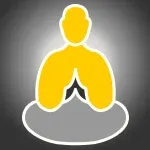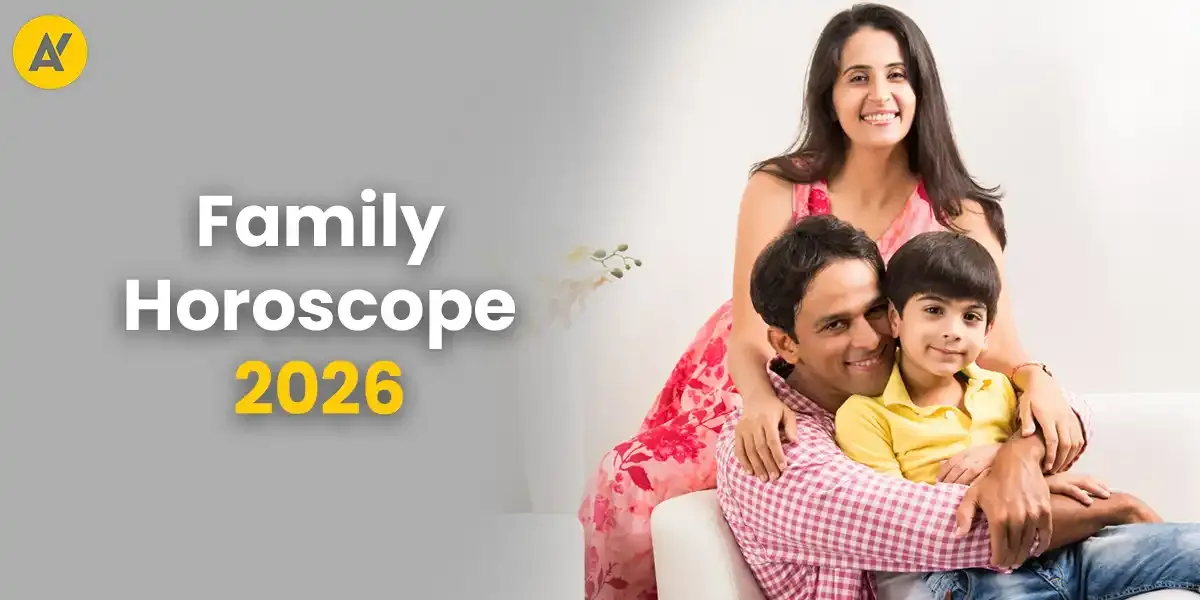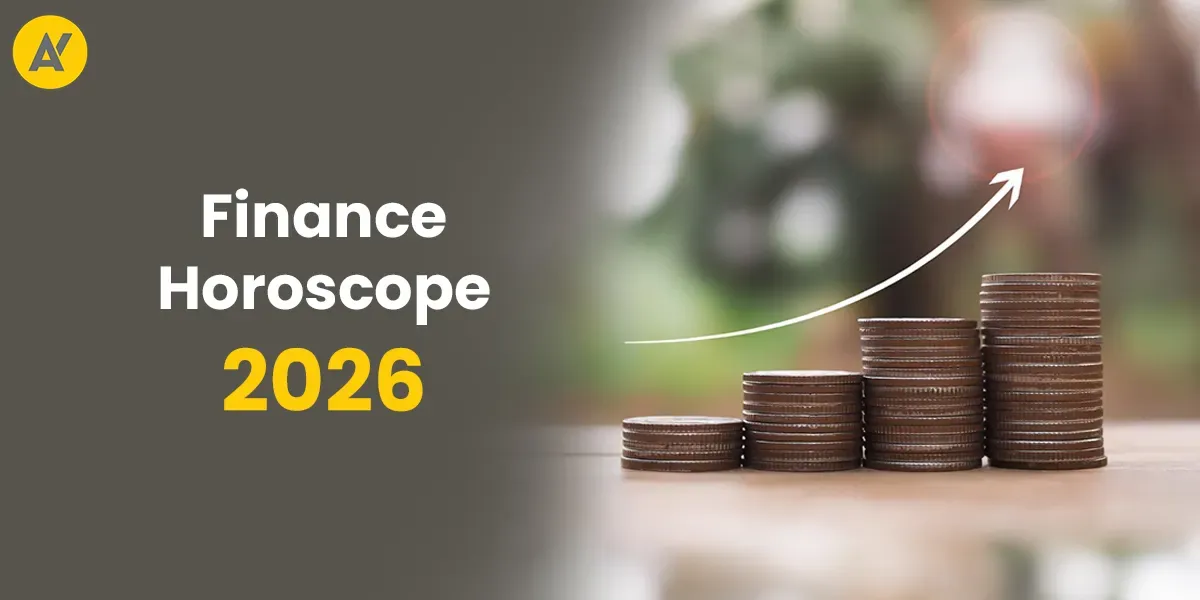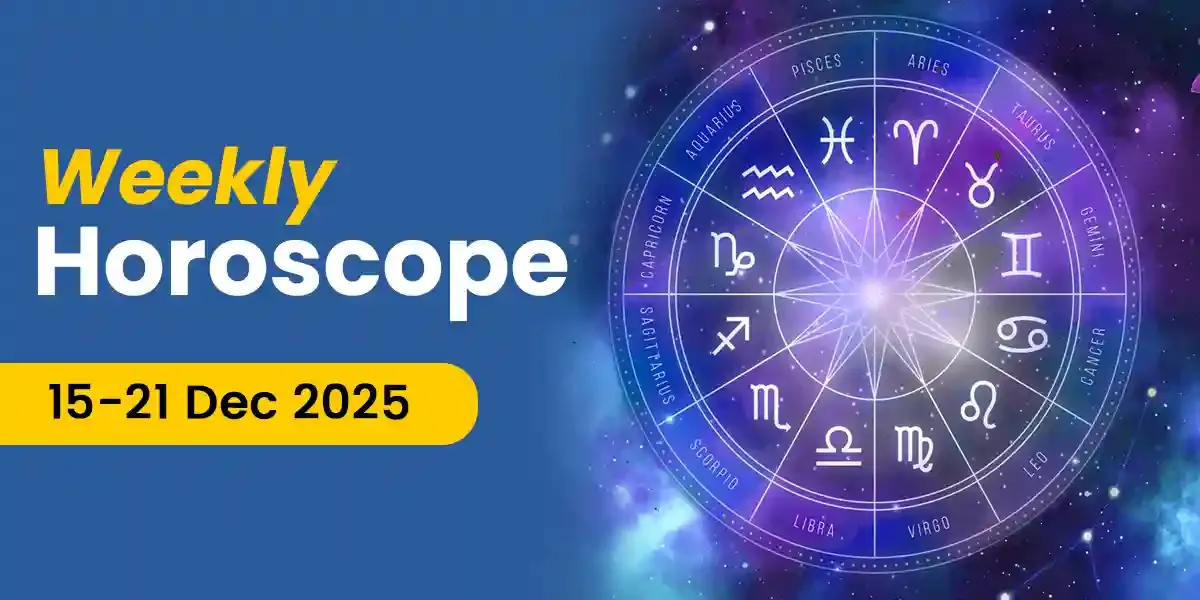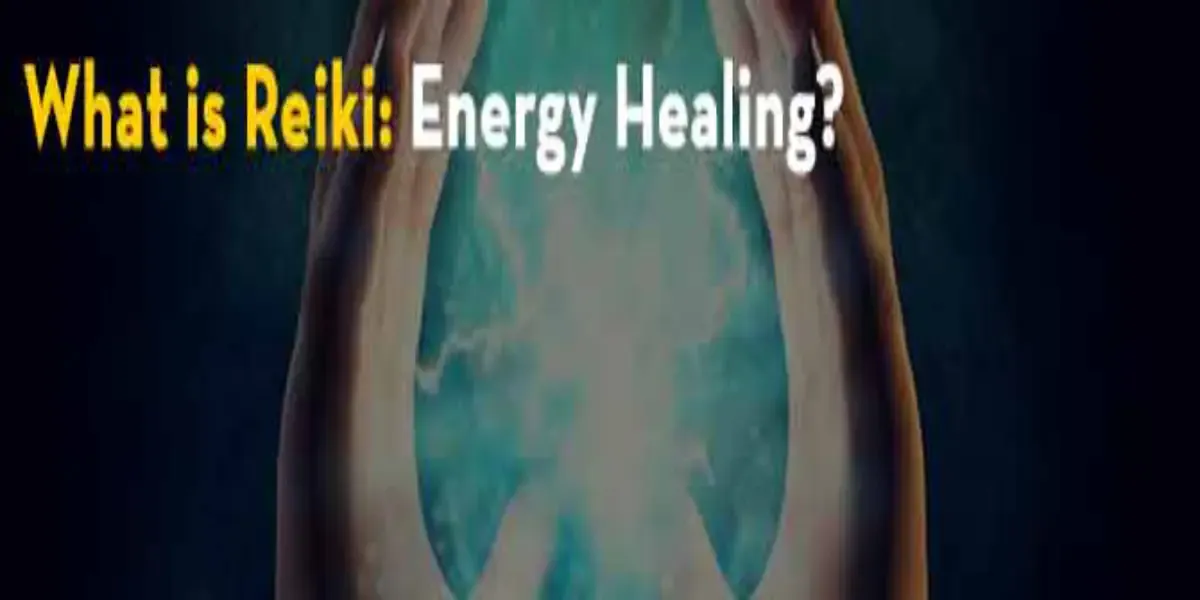
Reiki is a kind of therapy often described as palm healing or hands-on-body healing. During Reiki, the practitioner usually places hands lightly over (or on) a patient's body to facilitate the process of healing.
The word has been derived from a combination of Japanese and Chinese word-characters. ‘Rei’ means spiritual or supernatural and ‘Ki’ means vital energy. Hence, the practice of Reiki translates to spiritual healing by focusing on the individual’s energies.
A basic idea that Reiki practitioners have is that vital energies can be channelled from others, to support the body's natural ability to heal itself.
At its roots, Reiki is based on a concept, which was popular in Western medicine in the Middle Ages, and is still seen today in Eastern medicine, that diseases are caused by imbalances of the body’s vital energies, and that by correcting these imbalances, one can promote healing.
Despite Reiki's origins being somewhat disputed, it can be agreed that this type of therapy dates back to the late 19th or early 20th century, which took its techniques from a Japanese monk named Mikao Usui. Usui based his healing techniques on methods and philosophies that were drawn from several traditional Asian healing practices.
What Exactly Happens During a Reiki Session?
Sessions for Reiki healing should be conducted in a peaceful and calm setting, though they can be done anywhere. The patient is made to sit or lie on a table. One of the reasons why this technique is quite popular is because it does not require the patient to do anything except stay relaxed, and also allows the individual to remain fully clothed. Depending on the patient’s preference, there may be soft music.
For Reiki healing, the practitioner places their hands lightly over specific areas of the head, limbs, and torso using different hand shapes. The hands can be placed over 20 different areas of the body. Depending on your requirements, the sessions can last between 15 and 90 mins.
Holding their hands over the patient’s body, the practitioner transfers positive energy to the patient. The practitioner holds each position, till he/she feels that the heat, or energy, in their hands has abated, only then do they remove their hands and place them over a different area of the body.
After a Reiki session, people often report feeling refreshed, relaxed, alive, and some even report a decrease in the intensity of their symptoms. However, that said, for some people, the first, or even the initial few sessions, may not prove very eventful. But, if you continue with a positive and optimistic outlook, your experiences can become progressively deeper and more effective.
Some Benefits of Reiki Healing-
Through a medical lens, the practice of Reiki allegedly aids relaxation, helps in the body's natural healing processes, and helps to develop the individual's emotional, mental, and spiritual well-being.
It also helps people cope with difficulties, and relieves emotional stress through deep relaxation.
Many Reiki practitioners believe that Reiki can help treat health issues such as cancer, heart diseases, anxiety, depression, and even chronic pains.
In recent years, Reiki has been integrated into many health care settings, including hospitals and mental health facilities. Many types of research and studies even suggest that Reiki as a complementary therapy has been shown to play some role in reducing anxiety and pain, inducing relaxation, improving fatigue and helping relieve the symptoms of depression.
Our in-house team of writers comprises of vibrant, like-minded, and curious souls who are passionate about helping people find joy and motivation through the magic of words. Our writers are keen on using their skills to make the study of divination sciences a guiding tool in people's lives. They hold expertise in writing on a myriad of topics related to Indian Astrology, Spirituality, Planetary Movements, Vastu Shastra, Numerology, and Tarot among several others. The Astroyogi team aims to write articles that can help the readers lead a life of peace and tranquility whilst enjoying the many ups and downs of life!

